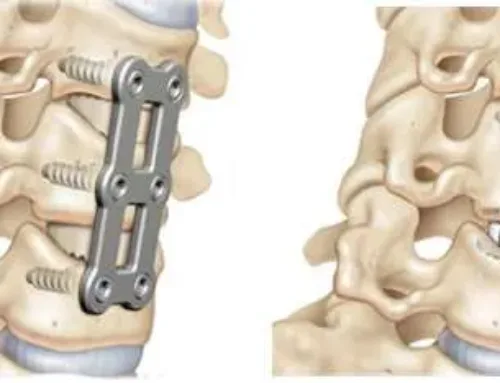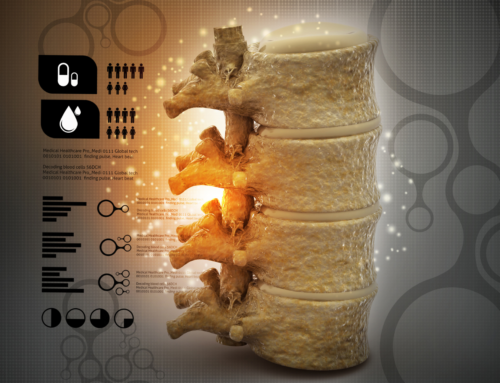Epidural steroid injections (ESIs) are a typical therapeutic choice for a variety of lower back and leg pain conditions. The injections have been utilized for many years and are regarded as an essential component for nonsurgical management of sciatica and lower back pain.
The procedure is known as an “epidural steroid injection” because it involves administering a local anesthetic and steroid medication precisely into the epidural area, which encompasses both the spine and nerve endings. These types of injections should always be performed using X-ray guidance to ensure proper placement of the medication.
The objectives of an epidural steroid injection are as follows:
- Reduce pain by decreasing inflammation around nerve roots.
- Improve low back pain and the ability to walk farther distances.
- Allow you to partake in physical therapy or other rehabilitation program options.
Epidural steroid injections are often recommended after a course of non-surgical treatment options, including medication or physical therapy. The main goal of injections is to alleviate the patient’s pain and allow them to return to their daily activities.
Potential Benefits of Epidural Steroid Injections
According to Spine-Health, the following benefits may result when injections are given in the lumbar epidural area:
- Reduced nerve discomfort/inflammation. The production of pro-inflammatory agents is reduced by steroids, as well as the sensitivity of nerve fibers. This creates fewer pain signals.
- Lesser need for oral medication. Since these injections tend to promote pain relief, an individual who has received the treatment will not have as much of a need for certain oral medications.
- Easier continuation of physical therapy. The sufficient pain relief given by the injection allows a patient to more easily proceed with their program.
- Possibly reduces the likelihood of surgical intervention. If pain relief obtained from the injections is sufficient enough, it may eliminate the need for surgical intervention altogether.
Steroid Injection Approaches
An epidural injection may be given using any one of the following approaches:
- Transforaminal injection: This allows the steroid solution to be precisely administered into the epidural area. Transforaminal injections typically target certain nerve roots that are compressed or narrowed and help control inflammation and pain.
- Interlaminar injection: With this method, a needle is placed in between the lamina, in the midline portion of the spinal canal. Medicine is then carefully inserted in the epidural area. This type of injection can be very effective at treating central spinal stenosis and alleviating leg pain while walking.
- Caudal injection: The administration technique for caudal injections is similar to an interlaminar injection, but the injection is positioned closer to your tailbone, in the lower portion of the epidural space. This technique is ideal for controlling broader or diffuse low back pain.
How Epidural Steroid Injections Help
Generally, most research indicates good results. The majority of patients (up to 90%) experience significant pain relief in back or leg pain from injections. The relief typically lasts for a week to a year. If the first injection is successful, another injection will be considered in the event the results of the first one begin to fade. Within a 12 month period, a maximum of three injections is usually administered. If you are experiencing chronic pain related to the spine, then this injection is worthy of your consideration.
Your road to a restored life could be one injection away. Be free to contact us with any additional questions.






